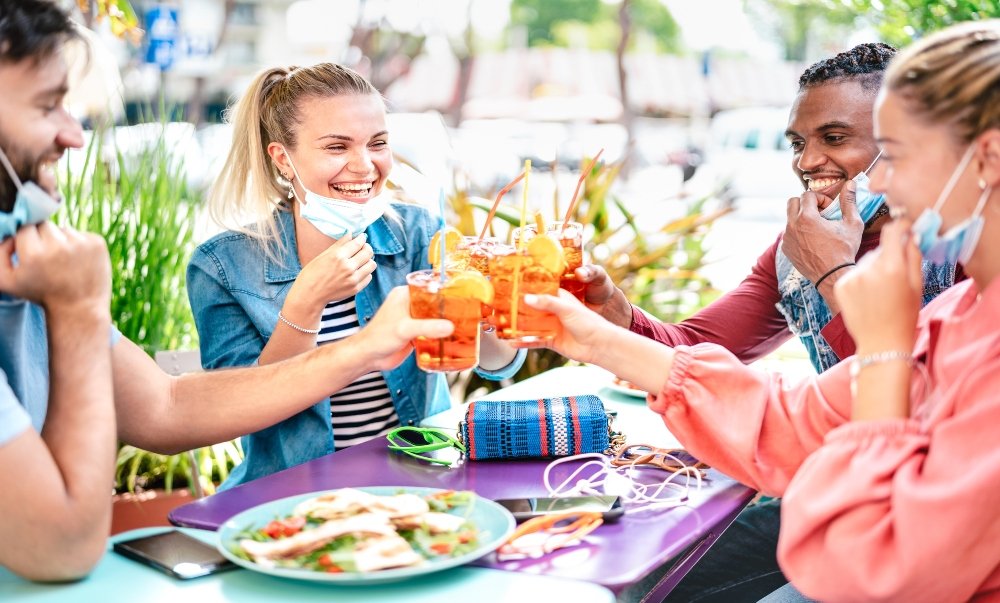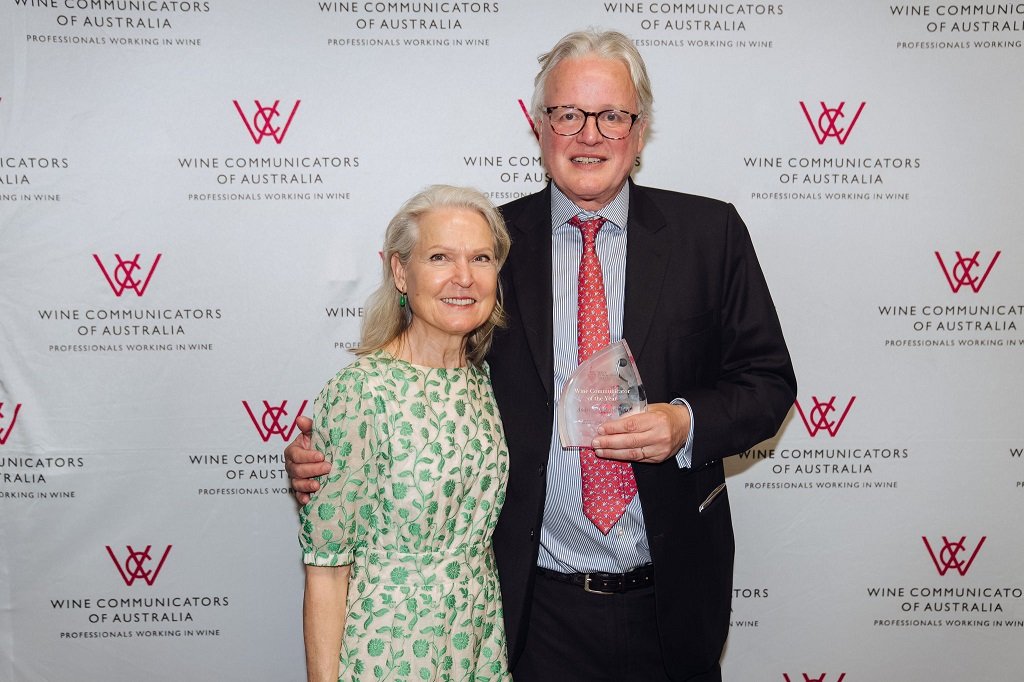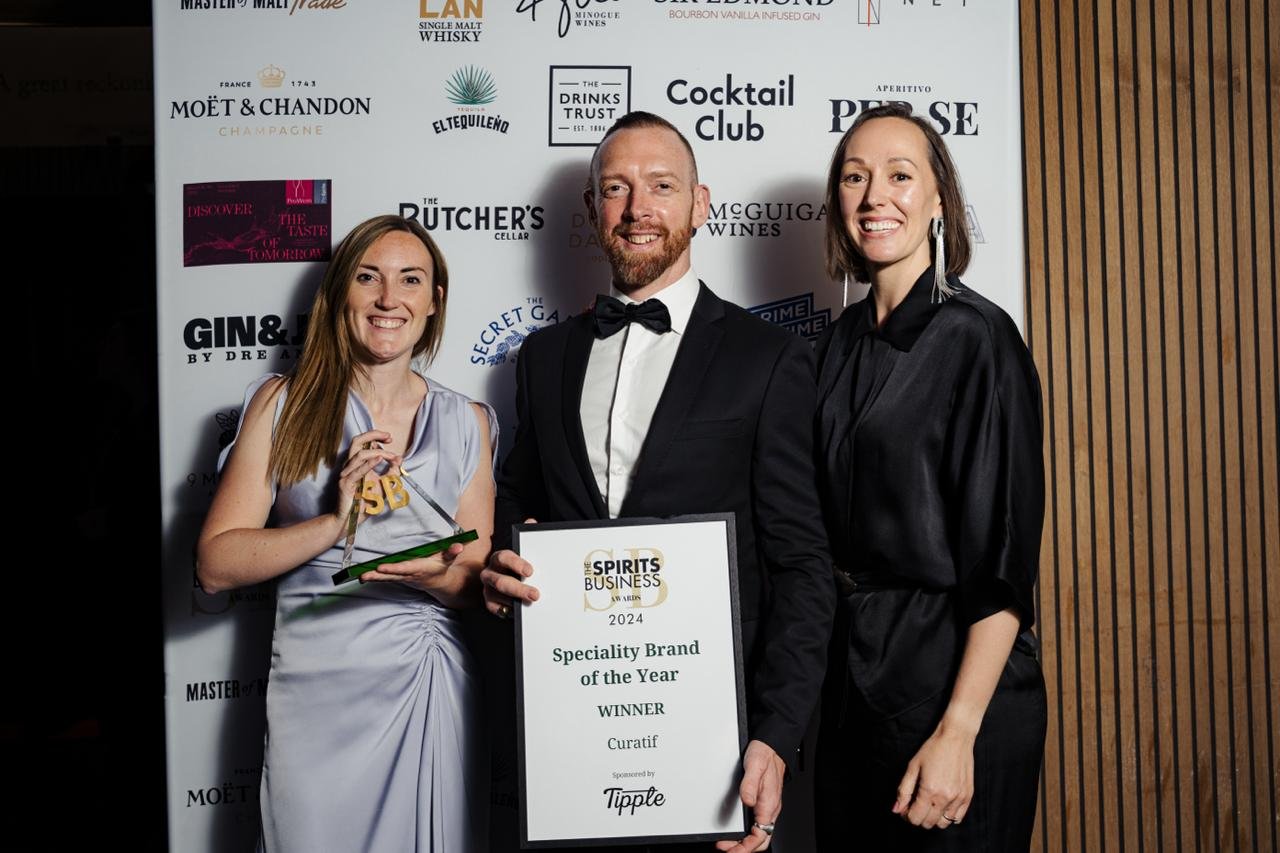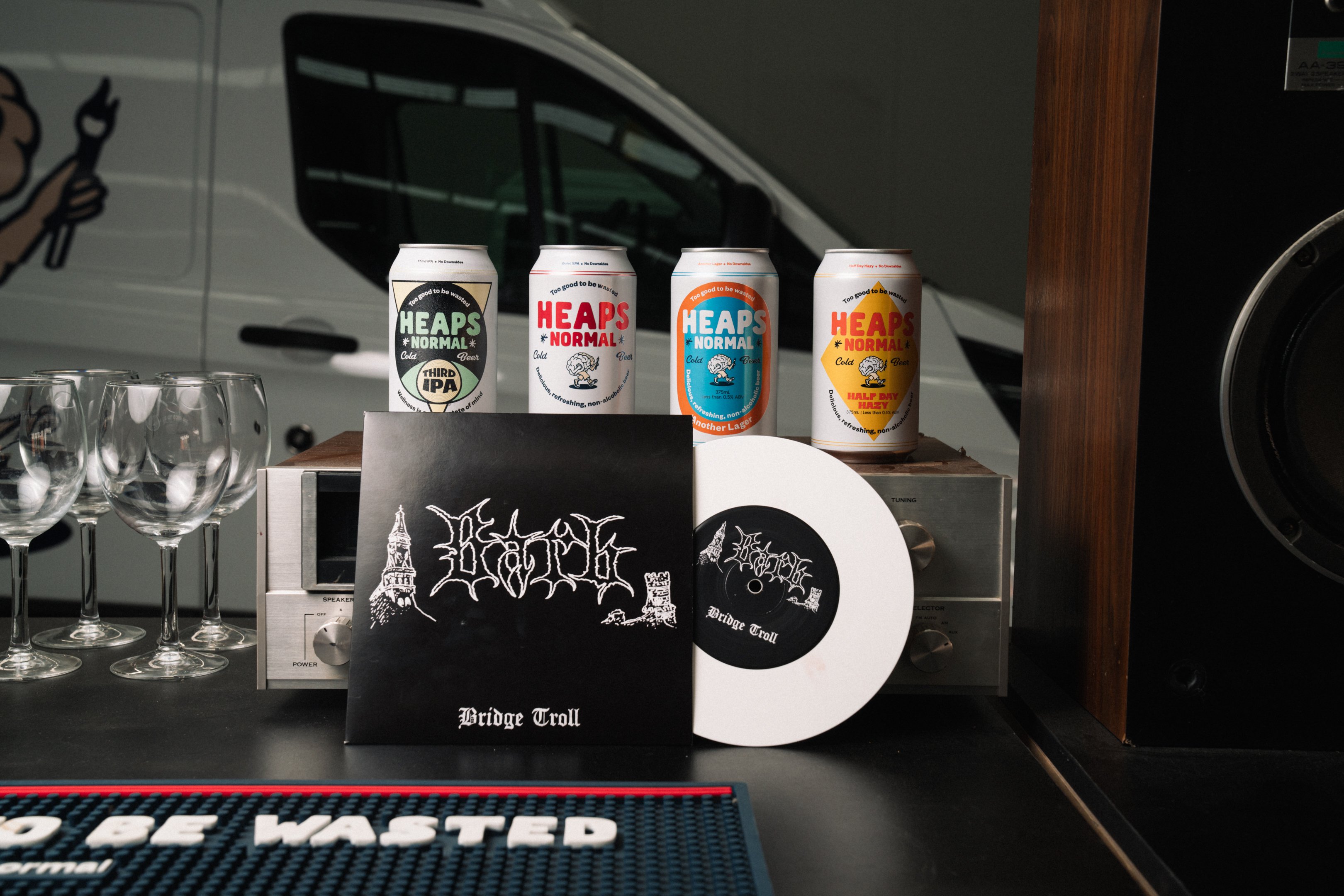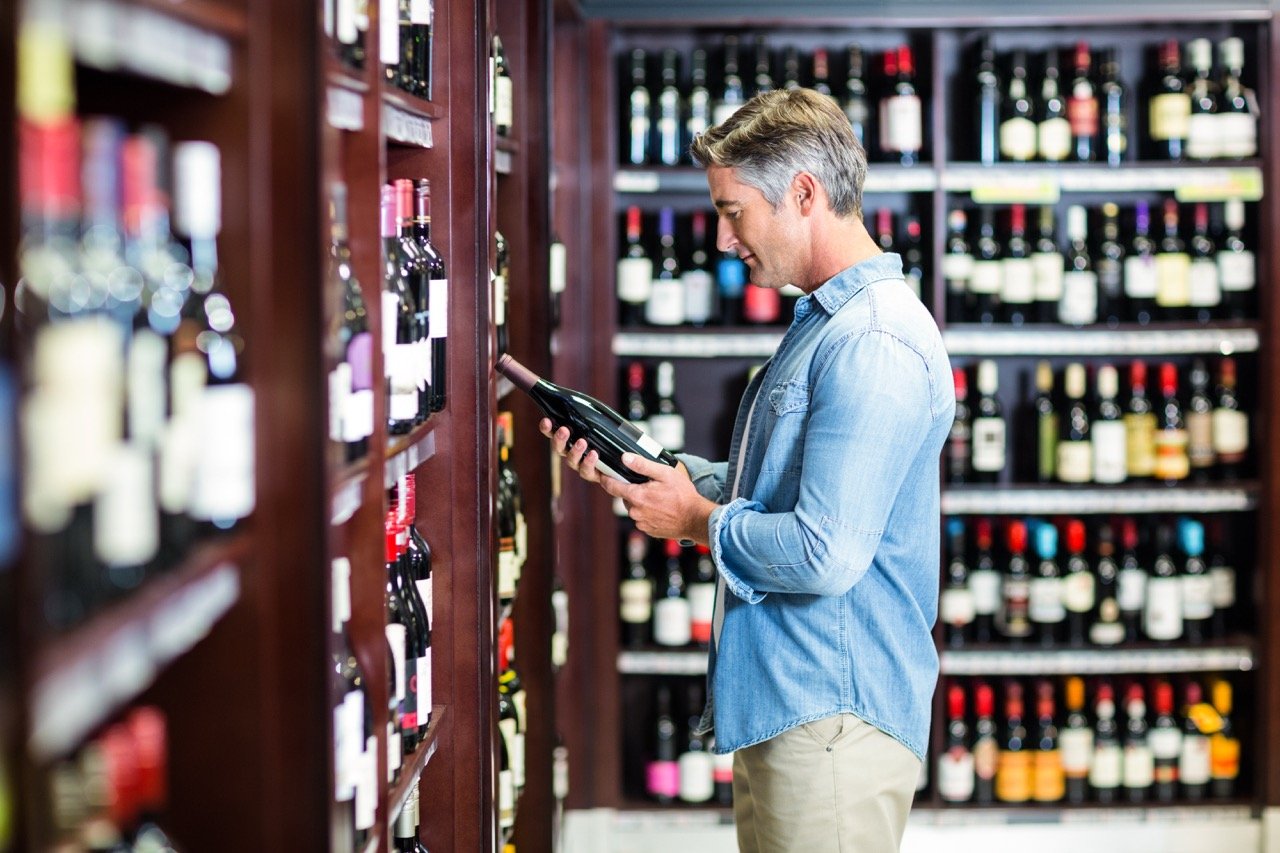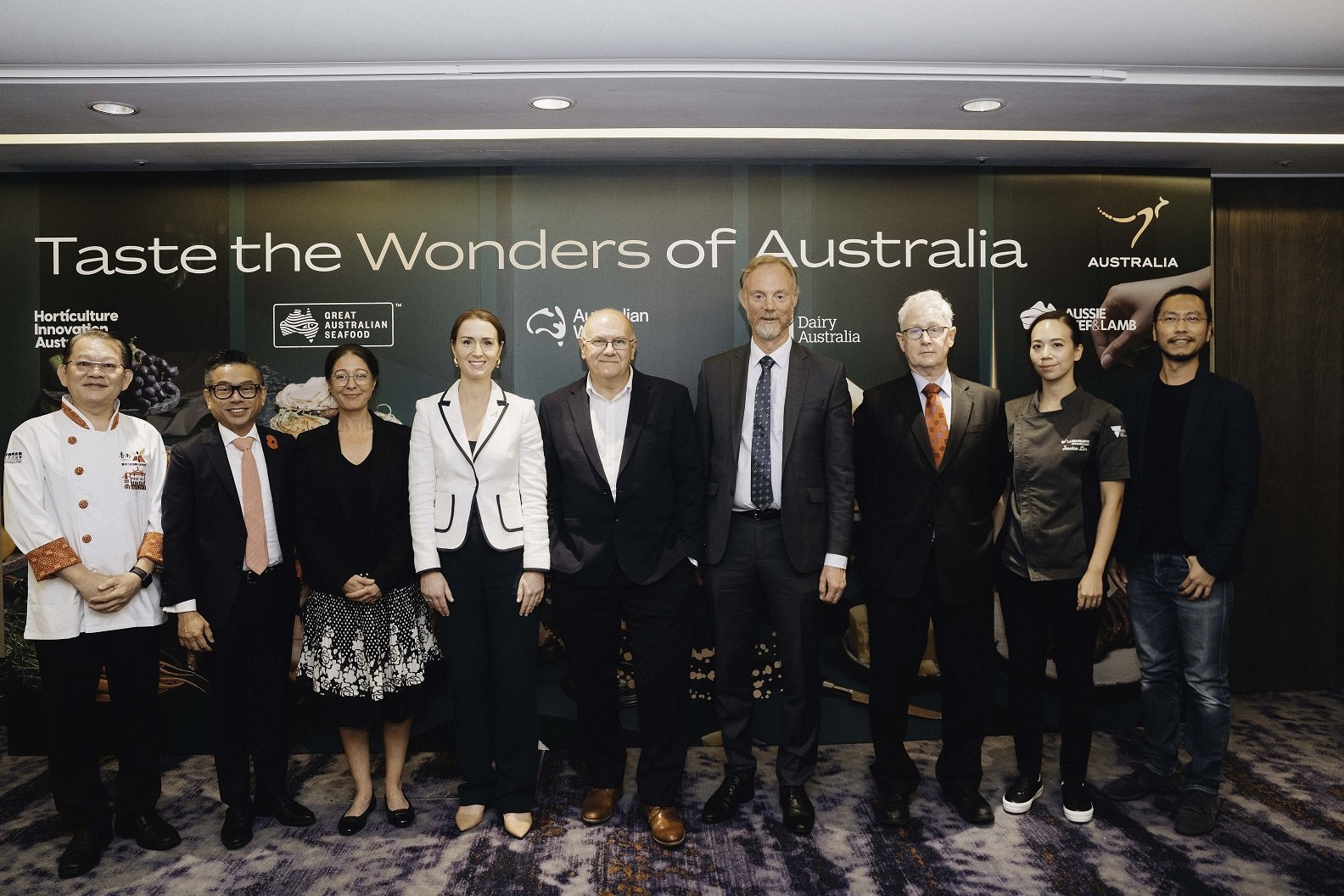Welcome to 2022 and another year of pandemic disruptions. Yet as we manage the new Omicron variant and its impact, if the global pandemic has shown us anything, alcohol is crisis-proof despite challenges with hospitality, logistics and supply.
In a three-part series, Drinks Trade will look at trends in drinks we can expect in Australia over the next twelve months based on global trends and predictions by UK drinks analysis firm IWSR. Part One looks at the accelerating pace of the no and low-alcohol sector and the increasing relevance of retail e-commerce platforms.
Moderation choices.
2021 saw no- and low-alcohol products on the rise, which is set to continue. 2022 will see another step in this drink sector becoming socially acceptable and normalised. IWSR predict an increase of outlets such as e-commerce retailer sansdrinks.com.au and Australia’s first non-alcohol bars such as Seadrift So-Bar in Sydney’s Northern Beaches and Brunswick Aces in Melbourne’s hip northside coming onto the market.
IWSR reports consumers engaging in the no- and low-alcohol drinks sector fall into two categories – Substituters, who use these products to replace full-strength, and Blenders, who switch between full-strength and no- and low- on the same occasion. In the UK, demographics with the most Substituters and Blenders is Gen Z and millennials; a trend predicted to repeat in other key global markets.
Other developments in markets like the UK and US see producers launching alcohol-free products with mood-enhancing ‘relaxation drinks’ or mental function attributes or 'brain drinks' from ingredients such as CBD, nootropics such as Matcha, adaptogens, and tonic herbs. Trendy bars in global markets are introducing the controversial but very ‘now’ trend of introducing CBD as an ingredient on cocktail menus. These products tap into consumer drive to improve mental health and well-being, replacing the drivers behind traditional alcohol occasions.
The e-commerce landscape is evolving.
According to IWSR findings, total beverage alcohol e-commerce sales across key global markets are expected to grow by +66%, to reach more than US$42 billion by 2025.
In 2020 the value of e-commerce increased by almost +43% across 16 key markets, up from +12% in 2019. IWSR data shows that by 2025 e-commerce will represent 6% of all off-trade beverage alcohol volumes, up from 2% just four years ago.
The number of e-retailers is on the rise, and business models are diverse while consumers care less about distinctions between retailer offerings, whether online or offline.
IWSR reports this leads to a blurring of lines between online sales channels such as omnichannel retailers establishing logistics partnerships with on-demand services to offer faster delivery, and on-demand platforms are using 'dark stores' to improve delivery times and so become more like marketplaces.
IWSR predicts brands will continue to acquire established e-commerce platforms. In 2021 Pernod Ricard purchased The Whisky Exchange and the European drinks etailer Uvinum in 2018 – rebranded in 2020 as Drinks&Co. AB InBev's purchased Master of Malt's owner in 2018, and Campari Group bought a 49% stake in Italy's Tannico in 2020.
Drinks&Co MD Louis de Fautereau told IWSR platforms need to give the consumer everything they need across beer, wine, spirits, and soft drinks, and e-commerce can help accelerate the introduction of new products to market. "If you have a robust platform, then increasing the number of brands you want to distribute is fairly easy, whether that's 10, 20 or 100," de Fautereau told IWSR.
Brands are also understanding the value of data generated from e-commerce platforms. Tracking consumer buying behaviour, including what they browse, purchase history, time, etc., allows them to target consumers with the desired product when they want it and at the price they are willing to pay.
Share the content
